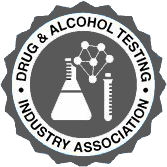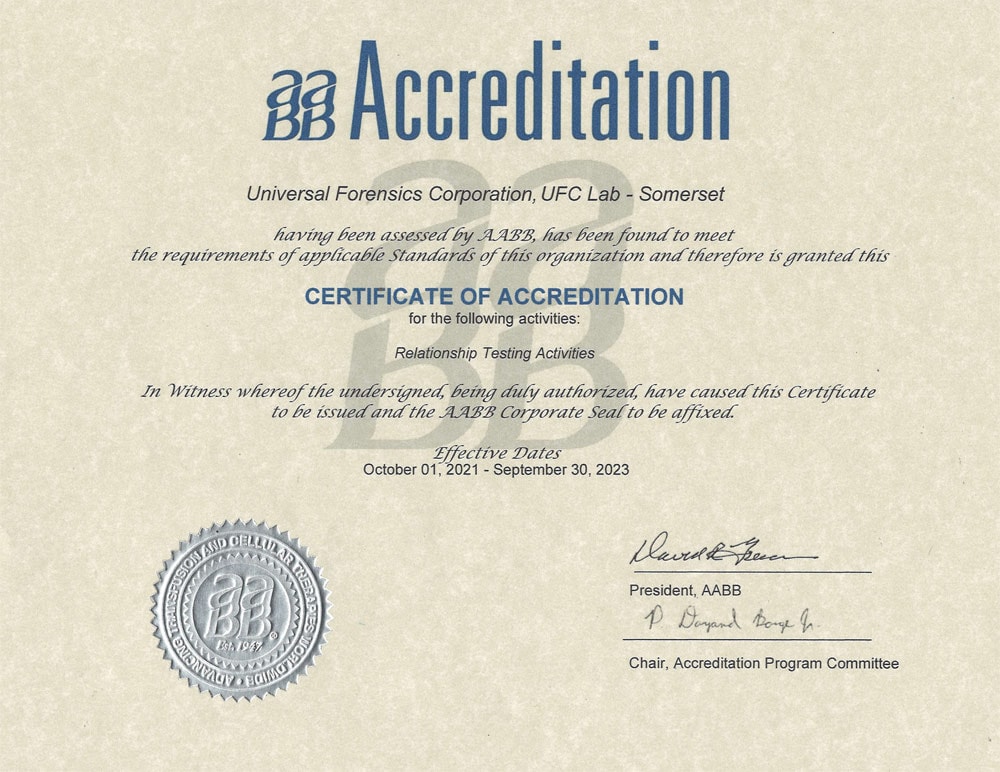General
There are several reasons to perform drug testing, the following is a short list of why a test may be performed:
- Check for drug use in the workplace. Testing is common for people who work in public safety, such as bus drivers or child care providers. Some jobs require a tox screen as part of the hiring process.
- Check for drug use in students involved in extracurricular activities, such as sports and cheerleading.
- Look for the use of drugs that enhance athletic ability.
- Find out if a drug overdose may be causing life-threatening symptoms, unconsciousness, or strange behavior.
- Court ordered: Check for the presence of drugs usage to determine parental capabilities in a child-custody case or traces of a date rape drug, etc.
“Toxicology” is an all-encompassing term related to the detection and effects of poisoning. “Poisoning” occurs when used drug usage used illegally or in improper dosages, can be toxic to a body.
A toxicology test (“tox screen”) checks for drugs or other chemicals in your blood, urine, or saliva. Drugs can be swallowed, inhaled, injected, or absorbed through the skin. In rare cases, a tox screen can check your stomach contents.
A tox screen may check for one certain drug or for up to 30 different drugs at once. These may include prescription medicines, nonprescription medicines (such as aspirin), vitamins, supplements, alcohol, and illegal drugs
The following drugs are tested in a five (5) panel drug test:
- Marijuana (THC)
- Methamphetamine
- Amphetamine
- Cocaine
- Opiates
- Phencyclidine (PCP)
The following drugs are tested for in a ten (10) panel drug test:
- Marijuana (THC)
- Methamphetamine
- Amphetamine
- Cocaine
- Opiates
- Phencyclidine (PCP)
- Propoxyphene
- Methadone
- Barbiturates
- Benzodiazepines
The answer depends on which drug; type of specimen; each person’s own metabolism; drug concentration and/or dosage; how often the drug was used; and the sensitivity of the testing procedure. The following tend to be the range:
- Blood testing is least reliable. Only detectable 5-48 hours after usage.
- Body fluids will retain drugs for up to two days.
- Urine will retain traces of drug use for 4-7 days, however, it only indicates usage, not level of impairment.
- Hair strand tests are effective as drug traces remain in the hair for up to 90 days. (Please note, it takes 10-14 days for drug traces to enter into the hair shaft).
- Nail clipping tests will indicate signs of drug usage for up to six (6) months.
Note that turnaround time begins upon receipt of the specimen at the laboratory. The average turnaround times for our most commonly ordered tests are as follows:
- Blood and urine samples with negative testing results take 24 hours.
- Hair, nail and oral fluid negative testing results take 24-48 hours.
- Positive testing results take up to 72 hours.
- Unknown substance analysis takes up to 10 business days.
Nail Testing
No, the result of any second collected specimen has absolutely no bearing on the validity of the result of any first collected specimen because you have no idea what the donor did between time A and time B.
Yes, environmental exposure versus ingestion must be resolved when interpreting drug tests using fingernails.
No, the sample may be shipped ambient.
Yes, the analysis of a number of tissue types for the presence of drugs of abuse has been used in every state for decades. Specifically, our umbilical cord testing has been used to provide evidence of drug use by the mother in numerous states. Additionally, the detection of drug in umbilical cord was used as evidence of maternal drug consumption in a murder case in South Carolina and that interpretation was upheld on appeal to the SC Supreme Court.
Drugs are distributed via the blood supply to the nail cells and the nail bed. Nails grow not only in length but in thickness as well. As the nail grows in thickness, it creates layers of drug history.
The optimum amount of nail clippings needed is 100 milligrams. If trimming all 10 fingernails, each clipping must be at least 2 millimeters to 3 millimeters long
There are too many variables for anyone to know time of use, dosage, or frequency from the result(s) of a drug test. Reservoir matrices such as hair, fingernail, umbilical cord, and meconium continuously collect drug and alcohol biomarkers. This makes it difficult to determine specific details of use. Because the biomarker is collected over a period of time, the results represent total accumulation that cannot be pin-pointed to specific times/dates/dosages, etc.
For urine testing, it is standard practice in the field of toxicology to include both EtS and EtG, because EtG is subject to bacterial production and degradation if a urine sample is contaminated (e.g. when the donor has a urinary tract infection). EtS is not subject to bacterial production or degradation, and provides a second, more reliable alcohol biomarker in these urine contamination scenarios. Other specimens types, such as fingernails and hair, do not have this issue, so only EtG is measured in those sample types.
Single doses do not guarantee a positive result. The number of doses required to generate a positive result is highly variable between donors.
Hair Testing
Hair testing analyzes for drugs within the hair shaft, rather than body fluids like urine or saliva, to determine whether drugs of abuse are present. Compared to analysis of body fluids, hair testing is highly resistant to evasion by adulterating or substituting samples, or by simply abstaining from drug use for a few days. ReliaLab Test method for detecting drugs in hair uses proprietary immunoassay and state-of-the-art GC/MS/MS or LC/MS/MS confirmation to measure the drug molecules and metabolites permanently entrapped in hair which were incorporated following ingestion. This technology offers significantly greater detection ability than other methods of analyzing hair or body fluids.
Thousands of corporations use Hair test to screen applicants and perform random drug tests on their employees. Schools have been using the Hair test since 1997 to help their students stay drug-free. Courts routinely use ReliaLab Test in their probation, parole, and diversionary programs. The use of hair is well established, and our lab affiliates has been doing hair tests since 1987.
Cocaine, marijuana, opiates (including heroin, codeine, morphine, oxycodone, hydrocodone and hydromorphone), methamphetamine, Ecstasy (MDMA), Eve (MDEA) and phencyclidine (PCP).
A standard test of one-and-one-half inches of head hair cut close to the scalp can provide a several month window to detect drug ingestion or up to 3 months.
Studies indicate that hair collected at the crown of the head grows on the average approximately 1.3 cm (or ½ inch) per month. This growth rate may vary among people; consequently the same 3.9cm length of hair may represent slightly different time periods
The primary difference is the wider window of detection with hair. Cocaine, methamphetamine, opiates and PCP are rapidly excreted and usually undetectable in urine 72 hours after use. Rather than the hours or days covered by a body fluid test, a hair test covers a period of months, ensuring that a drug user cannot evade the test by simply abstaining for a few days. Additional advantages include: non-intrusive collection procedures, virtual elimination of test evasion through substitution or adulteration, and greater accuracy through test repetition capability. The combination of an increased window of detection and resistance to evasion makes hair testing far more effective than urinalysis in correctly identifying drug users.
It takes approximately 5-7 days from the time of drug use for the portion of the hair containing that drug to grow above the scalp.
Comparison studies have proven that ReliaLab testing affiliates is up to 5-10 times more effective in identifying drug users than urinalysis. In other words, 85% of the drug users identified by a ReliaLab test could get through a urine screen and enter the workforce
No, ReliaLab Test uses its proprietary digestion method to remove virtually 100% of the drugs from the hair, thereby increasing detection capabilities. Other laboratories may leach drug from the hair, leaving behind or destroying some of the drug in the process. ReliaLab Test affiliates also employs an extensive wash procedure on test samples, and analyzes the wash to ensure that any potential contamination has been removed or taken into account. Other labs may use a less effective wash and/or do not analyze the wash, putting their clients at risk for making employment decisions based on a result that may be reflective of external contamination.
We use a similar approach to the cut-off levels in the 2004 proposed SAMHSA mandatory guidelines.
Hair Collections
ReliaLab Test usually requires a cosmetically undetectable lock of hair preferably snipped from the back of the head, just below the crown. In general, the amount needed is the thickness of a shoelace tip. Hair analysis methods used by other laboratories may require significantly more hair
Yes. Hair can be collected from several locations on the head and combined to obtain the required amount of hair. If head hair is not available, certain body hair can be used as an alternative such as arm pit hair, chest hair, leg hair, arm hair.
We do not collect hair from the Genitalia area
No. For workplace drug testing, ReliaLab Test requires a hair sample to be collected using the proper chain-of-custody protocols that will withstand a legal challenge. The test subject must initial the sample to certify the authenticity of the sample at the time of collection and a proper chain of custody must be utilized.
The collection process allows the collector only to take the candidate’s natural hair. Natural head hair or nape hair can be taken. Body hair can also be taken when hair from those two sources is not available.
Call ReliaLab Test (615-332-8838)and we can help you decide the best process for your company.






